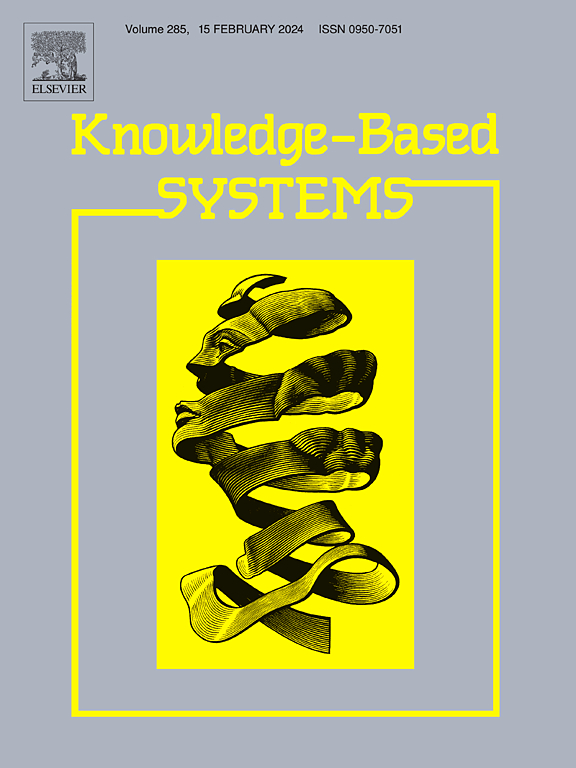Cross-domain UAV pose estimation: A novel attempt in UAV visual localization
IF 7.2
1区 计算机科学
Q1 COMPUTER SCIENCE, ARTIFICIAL INTELLIGENCE
引用次数: 0
Abstract
With the rapid advancement of depth estimation algorithms and continuous improvements in devices such as LiDAR and depth cameras, the acquisition of high-quality 3D models has become increasingly accessible. This progress opens up new opportunities for leveraging cross-domain matching between images and point clouds to estimate the pose of Unmanned Aerial Vehicles (UAVs) for visual localization. In this context, we propose a novel cross-domain descriptor that facilitates the fusion and matching of features across modalities. Building upon this approach, we designed a dual-branch UAV localization pipeline that incorporates an object detection strategy to extract more reliable feature points from the scene. Additionally, we constructed two new datasets specifically tailored for UAV-based aerial applications. The first dataset is manually annotated and focuses on training and evaluating object detection models from an aerial perspective, while the second dataset contains approximately 1.7 million 2D-3D correspondences from diverse scenarios, offering a rich collection of training and evaluation samples. Extensive experiments on public UAV datasets demonstrate that, compared to existing descriptors, our method not only achieves superior pose estimation accuracy through a coarse-to-fine image matching strategy but also enables robust pose estimation by directly matching images and point clouds to obtain accurate 2D-3D correspondences. Moreover, the incorporation of object detection strategies significantly enhances pose estimation accuracy and demonstrates increased resilience to interference in complex environments. Our datasets and code will be publicly available at https://github.com/lwhhhh13/Cross-Domain-UAV-Pose-Estimation.
求助全文
约1分钟内获得全文
求助全文
来源期刊

Knowledge-Based Systems
工程技术-计算机:人工智能
CiteScore
14.80
自引率
12.50%
发文量
1245
审稿时长
7.8 months
期刊介绍:
Knowledge-Based Systems, an international and interdisciplinary journal in artificial intelligence, publishes original, innovative, and creative research results in the field. It focuses on knowledge-based and other artificial intelligence techniques-based systems. The journal aims to support human prediction and decision-making through data science and computation techniques, provide a balanced coverage of theory and practical study, and encourage the development and implementation of knowledge-based intelligence models, methods, systems, and software tools. Applications in business, government, education, engineering, and healthcare are emphasized.
 求助内容:
求助内容: 应助结果提醒方式:
应助结果提醒方式:


